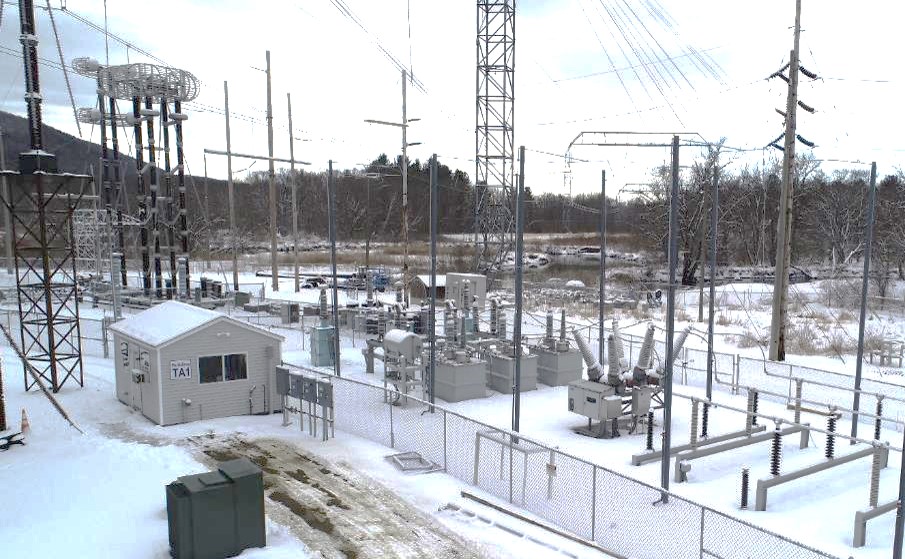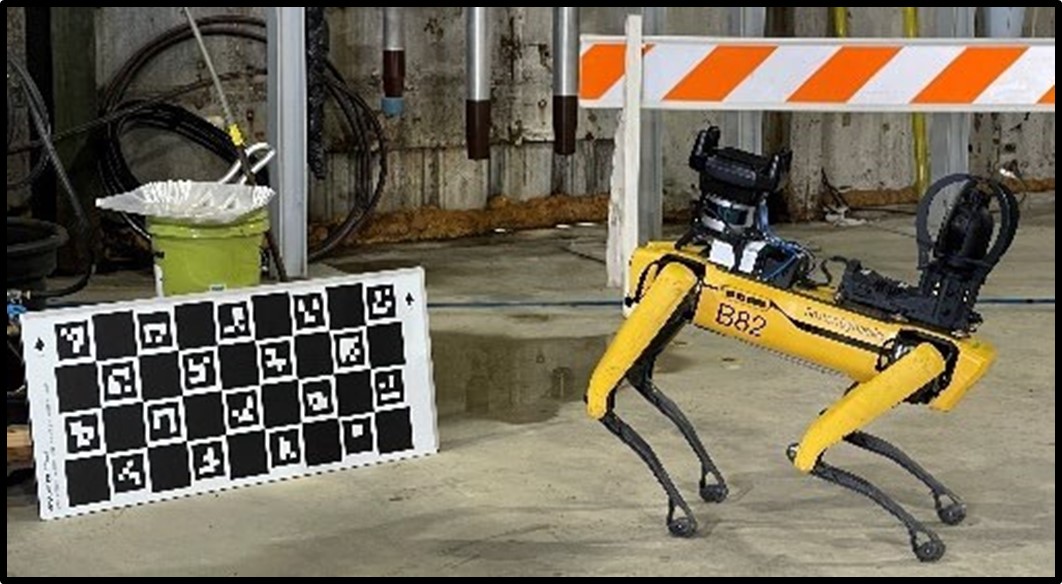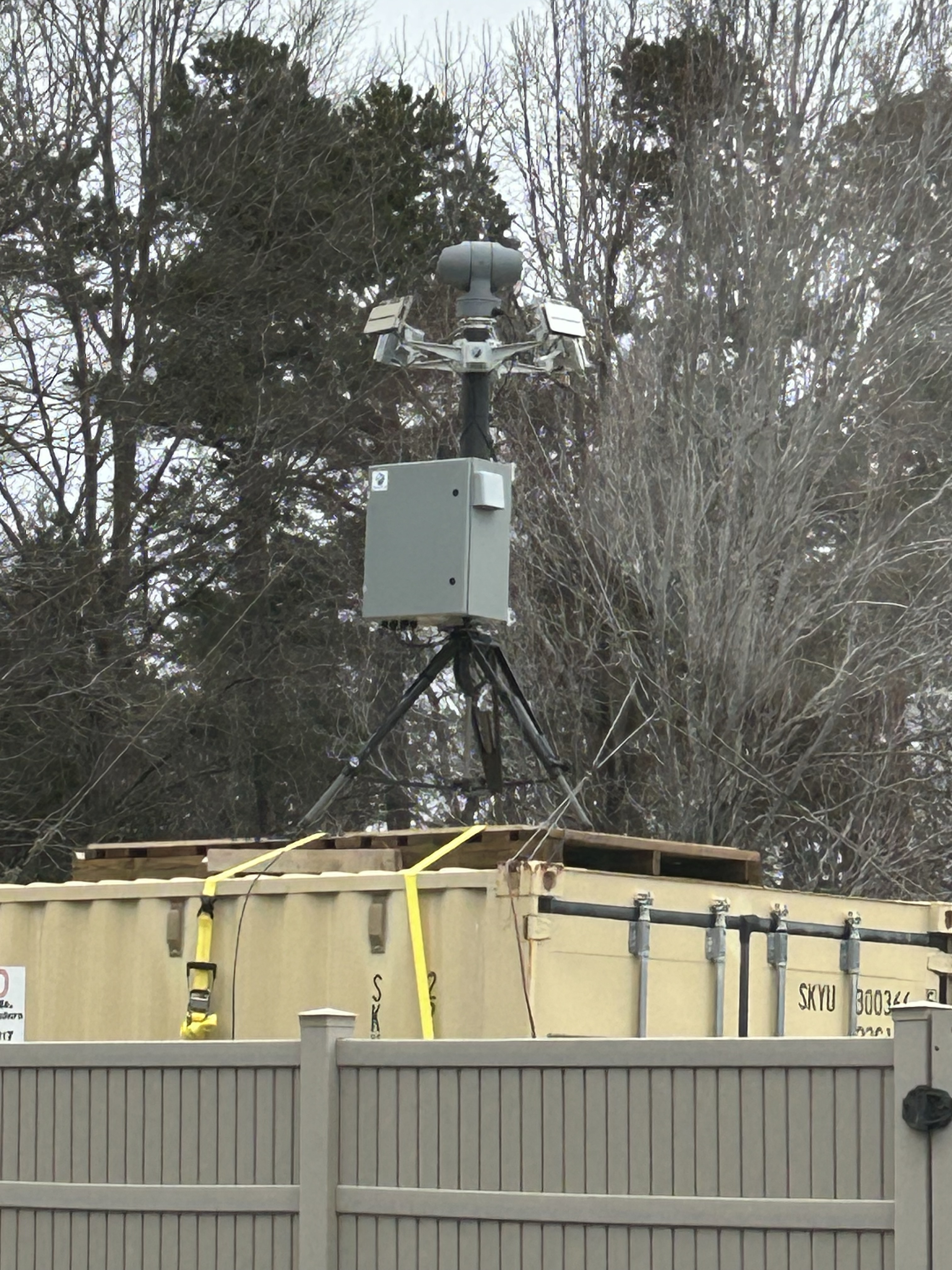P37.114: Substation Physical Security
Objective
The energy sector’s assets, systems, and networks are crucial, as their incapacitation or destruction could severely impact national security, the economy, and public and employee health and safety. Other essential sectors, such as water, banking, and transportation, rely on safe and reliable electricity.
Transmission and substation assets face two types of threats: natural and man-made. Natural threats include tornadoes, hurricanes, earthquakes, wildfires, and geomagnetic disturbances. Man-made threats encompass vandalism, theft, drone attacks, sabotage, and cyber-attacks.
Emerging technologies may enhance situational awareness and asset protection. This research aims to improve resilience and reduce potential disruptions in substations by better understanding physical security events and evaluating mitigation and response options. EPRI collaborates with industry, government, academia, and other stakeholders to share knowledge and resources, avoiding duplication of efforts. EPRI’s R&D focuses on identifying, evaluating, and developing improved methods to detect, deter, and respond to these threats.
Research Value
The significance of safe and reliable electricity as a vital public resource cannot be overstated. EPRI’s work Physical Security offers numerous benefits, including:
- Enhancing the resilience and protection of critical infrastructure
- Leveraging R&D on cross-cutting topics such as ballistics, intrusion detection, insider threats, uncrewed aircraft systems (UAS), and counter-UAS
- Establishing a technical foundation to improve security and decision making
- Detecting and deterring threats to substations
- Increasing understanding of component vulnerabilities to physical attacks
- Evaluating the effectiveness of protective, defensive, and recovery technologies
- Assessing the impact of various mitigation and hardening solutions on daily operations
- Safeguarding public and employee health and safety
Approach
The intent of this project is to continue a multi-year, multi-layered approach to improve security. The project focus is on these key tasks:

Intrusion Detection Devices: Many substations are unmanned, necessitating the use of technology to detect intrusions. Numerous detection devices are available on the market. EPRI aims to offer third-party objective testing of these devices and assess their applicability in substations through repeatable evaluations at EPRI’s 138-kV research substation.

Robotics Technologies: Automated or teleoperated robotics have significant potential to enhance situational awareness during physical security events. This research aims to develop laboratory tests using security scenarios to evaluate the effectiveness of robotic systems in increasing situational awareness, reducing response times, and understanding risks. The goal is to gain a deeper understanding of how robotics can support unmanned substations.

UAS Detection Technologies: UAS pose security risks to substations, whether from malicious intent or accidental operations. This research investigates technologies capable of detecting unauthorized UAS activities around substations. Objectives include assessing detection effectiveness in substation environments and identifying potential unintended consequences. While there is already substantial research on counter-UAS technologies, the field is rapidly evolving, necessitating ongoing research to remain at the forefront.
Anticipated Deliverables
| Deliverable | Date |
|---|---|
| Intrusion Detection Devices in Substations –Technical Update – As these systems are deployed understanding device capabilities | December 2026 |
| UAS Detection Technologies – Continued assessments ofnew technologies and applicability into the substations space | December 2026 |
Past EPRI Work on Topic
| Product ID | Title | Description | Published Date |
|---|---|---|---|
| 3002028197 | Compendium of 2014–2021 EPRI Ballistic andBlast Testing Technical Reports | Compendium of all EPRI ballistics testing for T&Sassets | December 2023 |
| 3002030054 |
UAS Detection Technologies: Next Phase of Assessments | Case Study of an implementation of a counter-UAS system at a utility site | December 2024 |